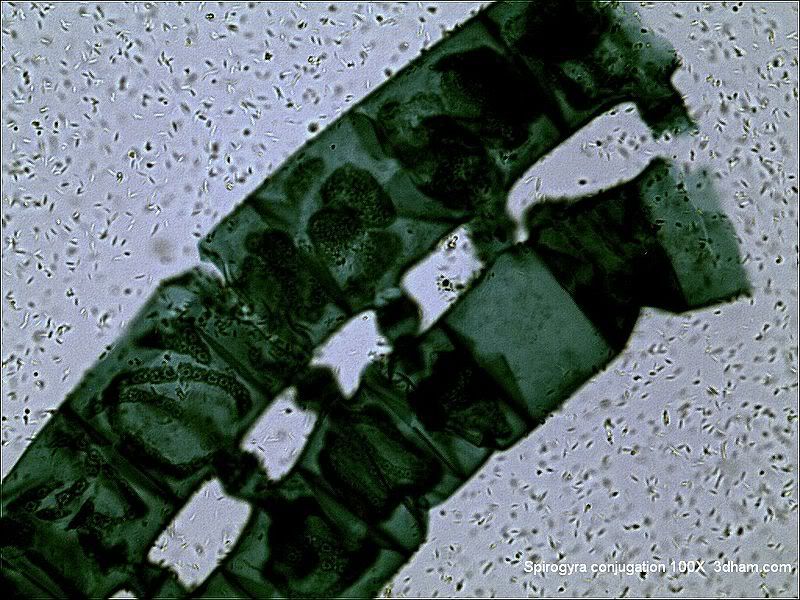Traipse through history: Darwinism was an illogical faith fifty years ago, and nothing’s changed
Around 1959, the centenary year of he publication of the Origin, when neo-Darwinian triumphalism was at its height, a very astute philosopher named Marjorie Grene wrote an essay entitled “The Faith of Darwinists.” [Encounter 74 (November 1959), 48.] She observed that all the Darwinian books she had read violated a rule of logic by assuming the truth of what they were claiming to prove. And she was struck by how the theory of evolution can seem so certain to the Darwinian faithful, while being so obviously flawed to a philosopher on the outside like herself Little has changed in the past forty years. In fact, with the collapse of Marx and Freud, the intellectual establishment now clings to Darwinism with Read More ›
 In
In 

 Will Provine, history of biology prof, has
Will Provine, history of biology prof, has 